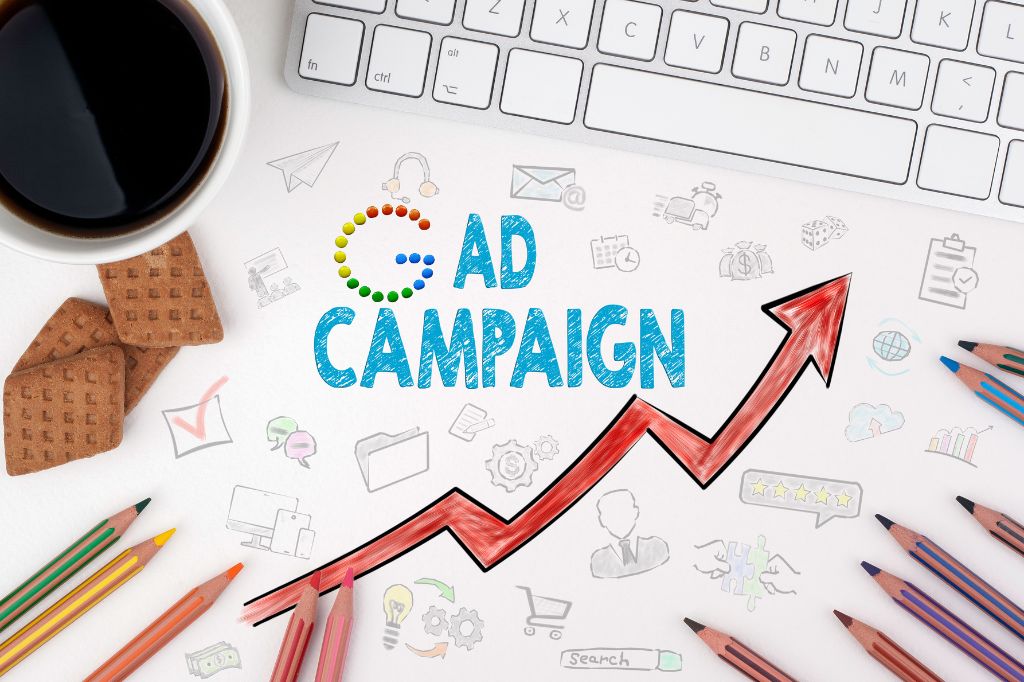Behind the sleek interface and user-centric services of Google lies a brewing storm of controversy targeting Google ad. The tech giant, often hailed as the beacon of digital innovation, now finds itself at the center of a legal maelstrom. Accusations of manipulative advertising practices threaten to tarnish its reputation, prompting us to question: What’s really happening in the labyrinth of online advertising?
Background of the Lawsuit
The Google antitrust lawsuit was initiated by the United States Department of Justice (DOJ) on October 20, 2020. The crux of the lawsuit is the accusation that Google has violated the Sherman Antitrust Act of 1890. This act was designed to prevent anti-competitive behavior, and the DOJ alleges that Google has used such tactics to maintain its monopoly over general search and to stifle competition from rival search engines. Furthermore, the lawsuit claims that Google has leveraged its dominance to discriminate against companies in the vertical search business, such as Yelp or Kayak.
The trial’s outcome could be a watershed moment for the digital world. It could either redefine how the public accesses and interacts with the internet or, conversely, give Google even more leeway to tighten its grip on the market.
Google’s Dominance in the Digital Sphere
Google’s supremacy in the digital advertising (ad ) market is undeniable. With platforms like its search engine, YouTube, and acquisitions in ad technology, Google had a whopping 37% share of the $130 billion digital advertising market as of June 2019. Products like Google Search, Adwords, DoubleClick, YouTube, and Android have been instrumental in cementing its leadership position.
A significant factor behind Google’s dominance is its sophisticated search algorithm. Unlike Yahoo’s original model, Google’s algorithm considers multiple factors, including page quality, number of links, and relevance to a user’s search, in addition to the amount advertisers pay. This focus on user experience has made Google the preferred choice for many.
Understanding Online Ad Auctions
Every time a user searches on Google or visits a site displaying ads, an online ad auction occurs. This lightning-fast process determines which ads are displayed. Five primary factors influence the outcome of this auction:
- Your Bid: This is the maximum amount an advertiser is willing to pay for a click on their ad. The actual amount paid is often less, and advertisers can adjust their bids as needed.
- Quality of Ads: Google Ads evaluates the relevance and utility of an ad and its linked website to the viewer. This assessment is summarized in the Quality Score, which advertisers can monitor and improve.
- Expected Impact from Ad Assets: Advertisers have the option to add more information to their ads, such as phone numbers or additional links, which can influence the ad’s performance.
- Context of the Search: Google Ads considers the intent behind a search. For instance, a search for “flowers” likely indicates a purchase intent rather than a desire for information about flowers.
- Expected Impact of Extensions: Extensions provide additional information with ads, like addresses or phone numbers, which can enhance the ad’s effectiveness.
Also read: Indonesia’s Offline Retail Channels: The Unsung Hero of Local Brand Growth
The ongoing trial against Google is more than just a legal battle; it’s a reflection of the broader concerns about monopolistic practices in the digital age. As the trial unfolds, stakeholders from all corners of the industry will be watching closely. The outcome could reshape the digital landscape, influencing how businesses advertise and how consumers interact with the online world.

















